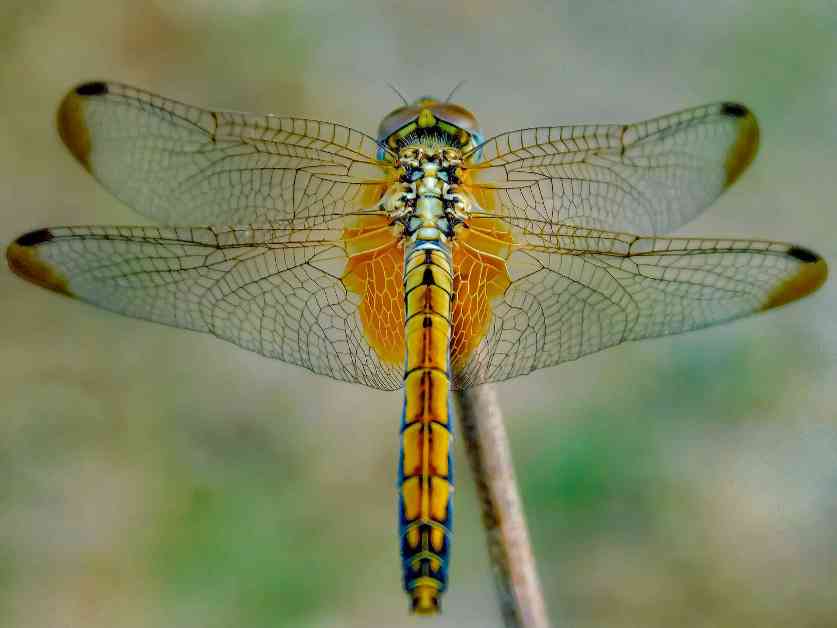Insects have fascinating mating behaviors that are worth exploring. Some insects have detachable penises, while others produce sperm that is 20 times the size of their own body. These unique adaptations make insects anything but dull.
For example, the stag beetle male, Europe’s largest beetle, has huge jaws known as antlers that are specifically designed for prising mating pairs apart. This behavior is common in beetles, with various shapes of horns that have evolved to separate males from females. The Japanese rhinoceros beetle even has a horn resembling a fork, which is used in battles to gain access to females.
In many insect species, smaller males have evolved sneaky mating tactics to cope with larger competitors. They wait for males to fight and then swoop in to copulate with the female while the other males are distracted. This strategy allows them to bypass larger competitors and successfully mate.
In addition to physical contests between males, there is also competition between sperm to fertilize eggs. Females in the animal kingdom are rarely faithful to their mates, leading to multiple males’ sperm inside a female’s reproductive tract. To counter this, males have developed various strategies, such as producing large sperm. Fruit fly sperm, for example, is almost 6cm long when uncoiled, which is around 20 times the size of the fly itself.
One of the most extraordinary methods to win the sperm competition is seen in odonata, like dragonflies and damselflies, which have evolved ornate penises with hooks and whips. These penises are used to dislodge rival sperm and ensure the male’s sperm reaches the far corners of the female reproductive tract.
Even female insects have developed unique mating strategies. Female cave insects in Brazil have sex-reversed genitalia, with males having an opening and females possessing a spiky erectile organ. The female uses this organ to extract sperm from the male and can even choose where to store the sperm in her body. This behavior is thought to have evolved as an adaptation to a limited food supply.
Butterflies, on the other hand, have a short lifespan, so males need to act quickly to father offspring. Some male butterflies emerge a few days before females and wait for them to copulate as soon as possible. This ensures that they pass on their genes before their short lives end.
Insects like bed bugs exhibit disturbing mating behaviors, with males injecting sperm directly into the female’s abdominal cavity through a wound. This method exploits the insect’s open circulatory system to ensure fertilization.
One of the most famous insect mating behaviors is seen in praying mantises, where females often consume the male after mating. This behavior increases the number of eggs fertilized by the male. Interestingly, males also engage in aggressive behaviors towards females, with winners being more likely to mate successfully.
Male insects have evolved various strategies to ensure successful mating, even if it means sacrificing their lives. For example, male bees ejaculate with explosive force, resulting in their paralysis and death. Some male insects produce copulatory plugs to prevent other males from mating with the female. The European dwarf spider secretes a liquid during copulation that hardens over time, creating a plug that prevents other males from fertilizing the female’s eggs.
In conclusion, the mating behaviors of insects are truly remarkable and showcase the diverse strategies these creatures have evolved for reproductive success. From detachable penises to copulatory plugs, insects have a myriad of adaptations that make them fascinating subjects of study.

